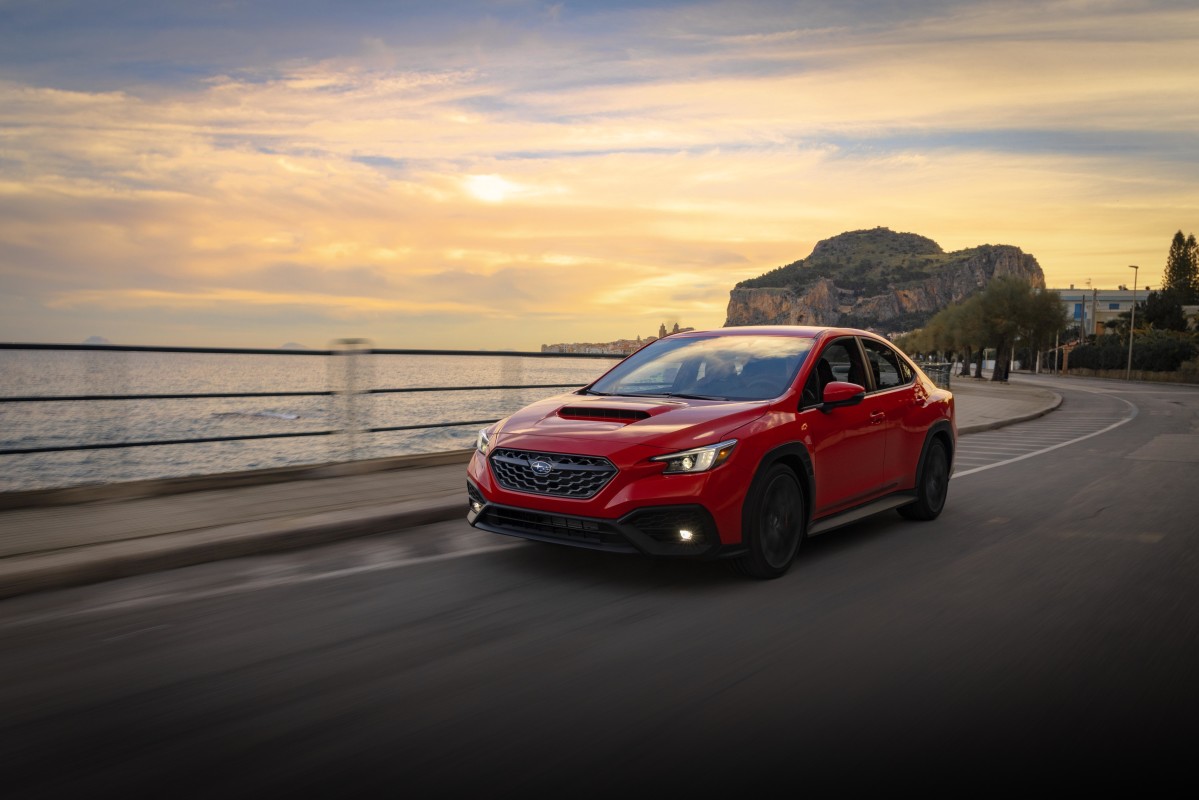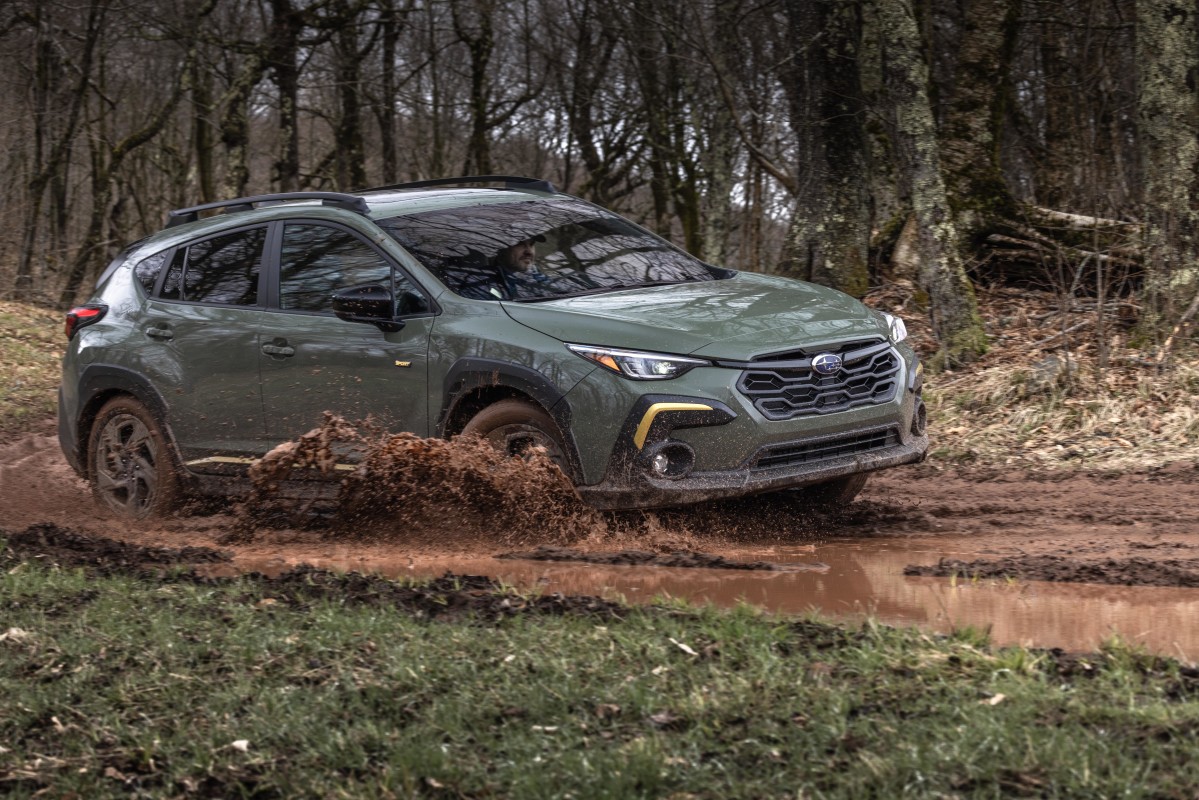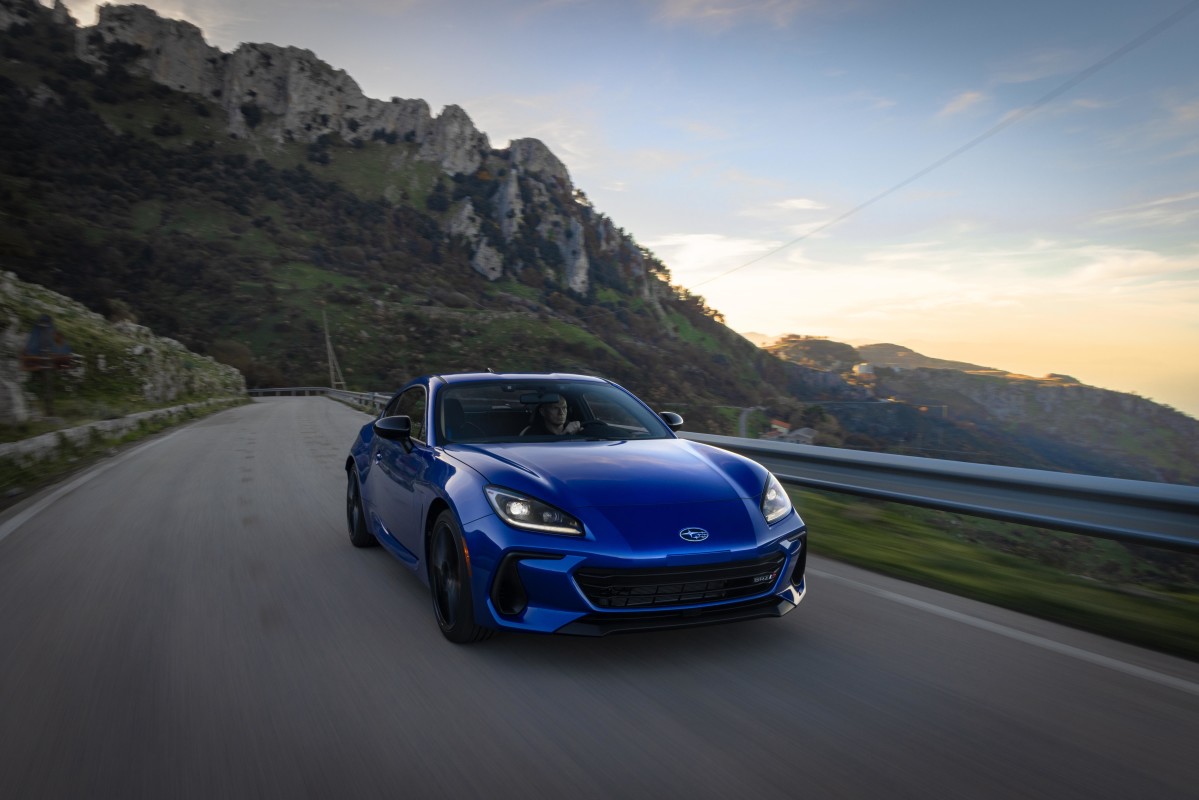Subaru’s Price Hikes Hit the U.S. Market

Shopping for a new Subaru this season might be a bit more of an investment. Subaru has announced price increases across its popular models, such as the Outback, Forester, and Crosstrek, thanks to the recent 25% trade tariffs. This change is expected to impact American buyers starting in June. How much this is going to set you back varies between a modest few hundred dollars to a more substantial two grand, all depending on the model and trim level you have your eye on.
Price Details

For those interested in the Crosstrek or Impreza, brace for an additional $750 on the sticker price. The Forester lineup is seeing increments between $1,075 and $1,600. When it comes to the Ascent, expect an upsurge of between $1,085 and $2,055. Meanwhile, the reliable Legacy sedan will ask for an extra $1,600. Lastly, those who fancy the Outback, BRZ, or WRX should prepare for a price jump of around $1,715 to $2,000.
Why the Increases?

Subaru’s rationale behind the hikes doesn’t just come down to the tariffs. The automaker cites “current market conditions” and the aim to keep delivering value for its customers. While there’s an acknowledgment on their part that these tariffs are at play, Subaru isn’t looking to fully shoulder the burden at once, hinting at gradual cost increases down the line.
Production and Strategy
Subaru’s ability to bolster U.S. production is partly due to its Indiana plant. Here, models like the Ascent, Crosstrek, and Outback are already rolling off the lines. The facility can output as many as 500,000 vehicles if pushed to its limits, as shared by the firm’s Senior Managing Executive Officer, Tomoaki Emori. By upping local production, Subaru hopes to cushion the hit from these tariffs.
Driving Experience
Now, let’s talk a bit about driving these beauties. Subaru models are renowned for their all-wheel drive capabilities and robust handling, a real hit for those who face nature’s elements head on. The Outback, for example, offers a balanced ride with just enough oomph to handle both rugged terrains and smooth highways. It’s akin to having a trusty old pickup that somehow thinks it’s a luxury sedan.
The WRX, on the other hand, takes the sporty experience up a notch with its turbocharged boxer engine, delivering sharp handling with a thrill that’s reminiscent of performance-focused peers like the Ford Mustang or the Toyota GR86. And don’t forget the Ascent, which combines spacious comfort akin to a comfy family SUV, wrapped in the practicality of a Subaru.
Final Thoughts
While Subaru fans might be less delighted about spending extra, the underlying conditions pose an interesting scenario for car manufacturing and sales in the U.S. For those keen on reliability, value, and performance, Subaru continues to mark the checklist. But as Jim Farley of Ford points out, balancing affordability while managing complex international supply chains isn’t a walk in the park.
GM Halts China Exports
Toyota's 2026 Models
Afeela EV Sparks Clash
Cool Revive: '72 Corolla
Xiaomi's SUV Scandal